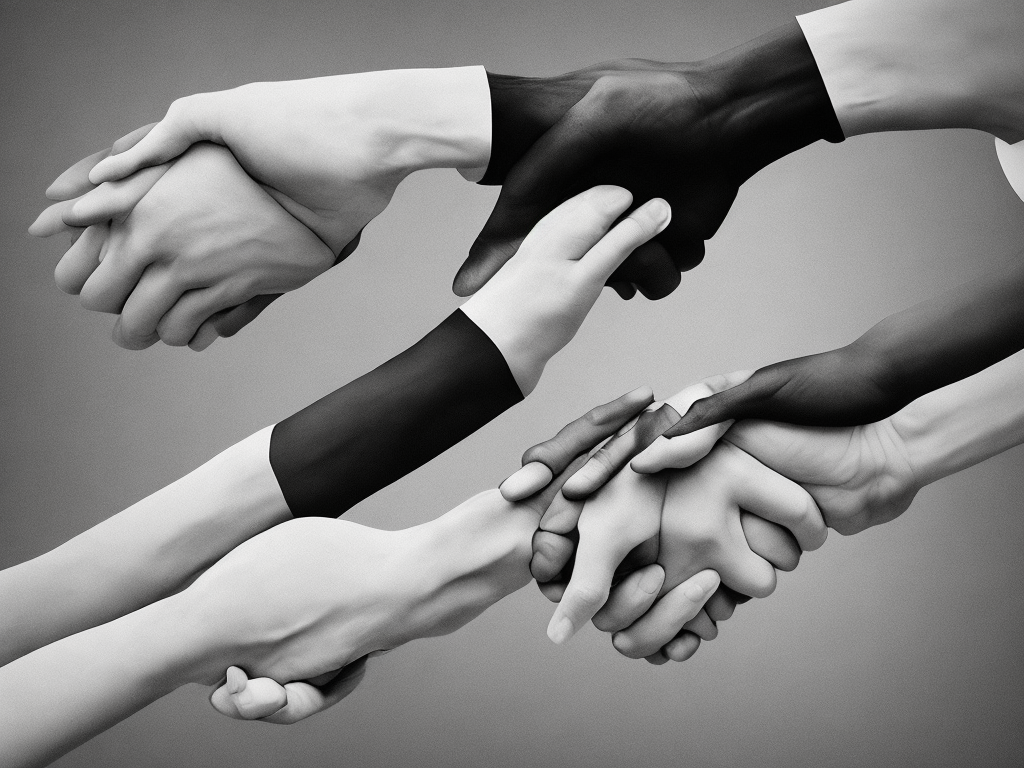
Racism and prejudice are two terms that are often used interchangeably. They both involve a negative attitude towards a group of people, but they are not the same thing. Prejudice relates to an individual and their attitude towards a particular group. Racism, on the other hand, is institutional and systemic discrimination against people of color. It is important to understand the difference between these two terms to be able to address them appropriately.
Prejudice
Prejudice is a preconceived opinion or judgment about a particular group of people. It is often founded on beliefs or stereotypes that are not based on facts but on assumptions. Prejudice can be negative or positive. Positive prejudice is known as discrimination, whereas negative prejudice is known as racism.
Prejudice is not limited to race; it can apply to any group of people, whether it be religious, sexual orientation, gender identity, or socio-economic status. Prejudice can have a severe impact on the individuals or groups being targeted. The perception that someone is different can lead to social exclusion and even violence. It can hinder career opportunities and lead to mistreatment by authority figures, such as police officers or teachers.
Prejudice is often based on a lack of knowledge, experience, or exposure to the group being targeted. It can develop from family or cultural beliefs or through media influence. It is often reinforced by the individual's social circle or through the rhetoric of political leaders or influencers.
Racism
Racism, on the other hand, is a systemic problem. It is the belief that certain races are superior or inferior to others. Racism involves structures and institutions, such as housing, education, and criminal justice systems, that create and perpetuate disparities between racial groups.
Racism is deeply ingrained in society and reinforced through power structures that benefit certain racial groups. It involves the use of power and privilege to maintain oppression of certain groups. It is a form of discrimination that is systemic and embedded within society's institutions.
Racism can lead to economic, social, and political inequality. It can lead to disparities in health care, education, and employment opportunities. It can also lead to increased police brutality and mass incarceration of people of color.
Racism is perpetuated through cultural beliefs, media representation, and political rhetoric. It is often normalized and reinforced by those in power to maintain their position of influence and control.
The Relationship Between Prejudice and Racism
Prejudice can lead to racism, but prejudice is not racism. Prejudice is the attitude, while racism is the behavior. Racism is the institutionalized form of prejudice that perpetuates the oppression of certain racial groups.
Prejudice can lead to discrimination, which is the act of treating people unfairly based on their membership in a particular group. Discrimination can occur in various forms, such as housing, employment, or education. Discrimination based on race is a form of racism.
The relationship between prejudice and racism is complex. Prejudice can be individual or societal, and it can manifest in different forms. Racism is the systemic form of prejudice that is supported by institutionalized structures and behaviors.
Addressing Racism and Prejudice
To address racism and prejudice, it is essential to understand the differences between them. Prejudice can be addressed by educating individuals and creating more exposure to diverse groups of people. It requires dismissing stereotypes and assumptions and getting to know people as individuals rather than through their group identity.
Addressing racism requires systemic change. It requires dismantling structures and institutions that perpetuate inequality and discrimination. It requires addressing biases and prejudices within individuals, but it also requires changing the systems that support and encourage those biases.
To address racism and prejudice, there needs to be a concerted effort on multiple fronts. Education, media representation, and political leadership must all work towards creating a society that values diversity, equity, and inclusivity.
Conclusion
Racism and prejudice are related but not the same thing. Prejudice is an individual attitude, while racism is institutionalized and systemic. Prejudice can lead to discrimination, but racism is the behavior that perpetuates oppression of certain racial groups.
To address racism and prejudice, individuals and society must work towards creating more understanding, inclusivity, and equity. Addressing prejudice requires education and exposure to diverse groups. Addressing racism requires systemic change and dismantling structures that perpetuate discrimination.
By understanding the differences between racism and prejudice, we can work towards creating a society that values diversity, equity, and fairness for all.
 Self-Instruct
Self-Instruct